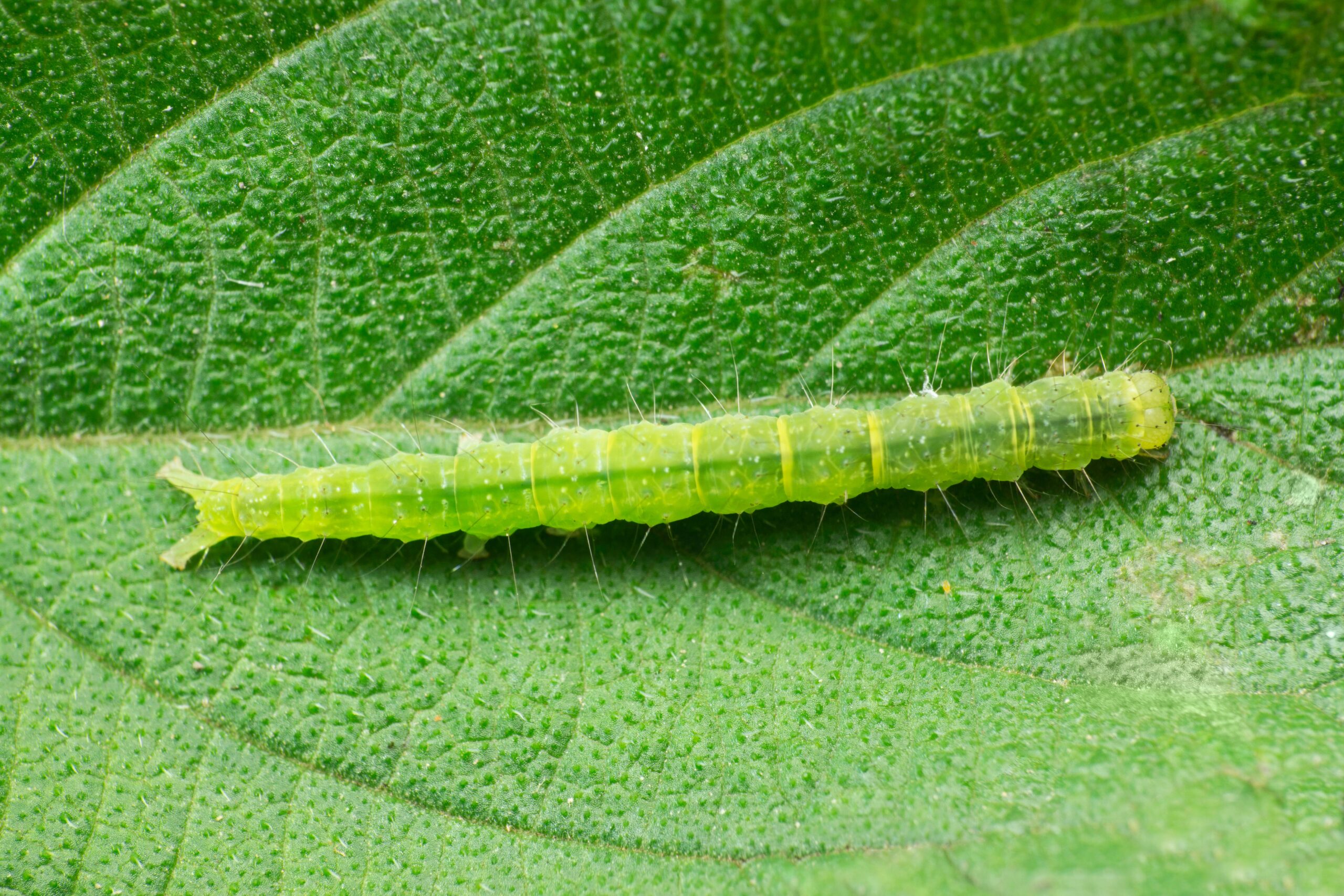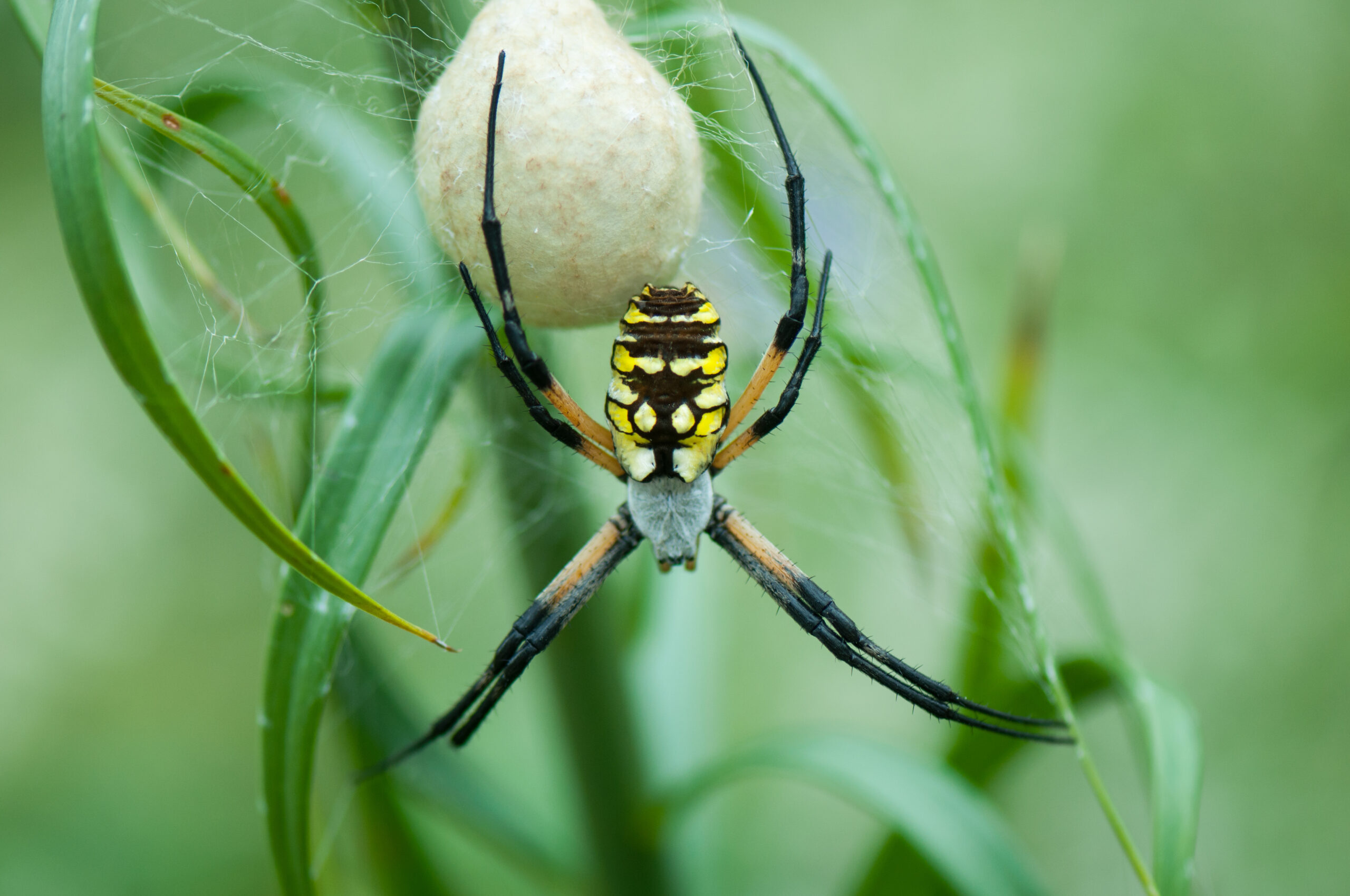6 Types of Pest Eggs That Already Pose a Problem
6 Types of Pest Eggs That Already Pose a Problem
Today, March 20, is the first day of spring! Spring is known as the season of beginnings and blooms. It is the time when most plants and trees begin growing again and animals start reproducing so their offspring have a better chance at survival in the warm weather. We still have a little ways to go until a jacket is not needed for these chilly mornings, but some species are getting a head start on the season. Most insects come from eggs that can be laid all throughout the year, depending on the species. The eggs of some of these tiny pests are on a different timeline, as they already hatched or will hatch very soon, which is unfortunate for anyone who values their garden…
Slugs

These slimy pests are mostly active in spring and fall, so we are reaching the biannual peak of their lives. In the fall, slugs produce dozens of eggs in clusters called “clutches.” Unlike many other small pests, slugs can survive the winter as adults or as maturing larvae. They tend to stay buried in the soil year-round since slugs love warmth and moisture. Since they would rather stay in the dark, slugs like to feed at night and hide in the topsoil during the day. Slugs are a notorious garden pest because they have such a large appetite for a variety of plants. Their tongues (or radulas) are covered in thousands of tiny teeth, which makes it easy for them to completely shred through plants. They enjoy salad greens and flowers the most, but any simple plant will do. Hearty plants and strong herbs are not as susceptible to slug invasions since they are stronger than some of their more delicate fauna counterparts. Gardens and general areas of foliage are more likely to have a slug problem, as these pests like to hide within thick weeds for additional protection and food. If you look at your garden and find that some of the leaves are newly shredded, this could be the work of some slugs. They start feeding when the weather is still cool, so it is never too early to begin protecting your plants by keeping the garden area clean.
Cabbage Loopers

Cabbage is not the only crop that should fear the appetite of cabbage loopers. These pests are moth larvae that will eventually weave a silk cocoon in which to change into their grayish-brown adult form. But while they are still cabbage loopers, they can wreak havoc upon a garden. They are off-white or green in color, and usually stay near the greens they lived within as eggs. Cabbage looper eggs are laid both on and underneath leaves during the spring, after the pupae overwinter and emerge in early spring to find the perfect spot to lay their eggs. These eggs are produced in the hundreds and take less than two weeks to hatch. By the time many pests are just starting their reproductive processes, cabbage loopers are already developing into adults. The good news with this pest is that they are much easier to control in this stage, when they lack wings and durability. But the bad news is that cabbage loopers cause irreversible damage to plants in these early weeks of spring. The larvae chew holes in leaves of all kinds, which creates more problems than simply making the garden less picturesque. These holes will stunt the growth of leaves, and can ruin the production of more leaves, fruit, or flowers over the rest of the season. If these pests are not controlled early on, they can determine the fate of this year’s garden. Imagine that!
Cutworms

An essential addition to online lists of garden pests, cutworms are notorious for ruining multiple plants overnight. These pests are the larvae of miller moths, which also cause problems for plants to a lesser extent. This species will overwinter as pupae or adults, then deposit their eggs in early spring. There are usually up to 100 eggs per cluster, which are placed on or near plants within the soil. Some species can lay rows of hundreds of eggs, which have the potential to destroy a garden. If the weather is consistently nice, the eggs can hatch just a few days later. Cutworms live in the topsoil during the day and feed at night, which is how they can go unnoticed for a while. They favor seedlings and small plants, as the younger ones are easier for the cutworms to eat. They get their name from their habit of cutting the stems at soil-level, eating clean through the plant. Cutworms will often topple seedlings with this method, and the young plants are unable to come back from this. If you find young plant stems laying on the ground in the morning, it is likely the work of cutworms. They can also climb up plants, but they would prefer to stay on the ground and cut the stem, thereby fulfilling their namesake.
Eastern Tent Caterpillars

This is another larvae that are major troublemakers in their younger stages. Eastern tent caterpillars, eventually becoming eastern tent moths, start out as eggs that are laid in nests before the weather turns cold. The adults construct the nest in the crevices of smaller branches on a tree, and it can be mistaken for spider webs upon first glance. They produce an egg mass that consists of 150 to 400 eggs, and cover it with their natural varnish before wrapping the whole mess around the small branches. Eastern tent caterpillars favor fruit trees, like apple and cherry, for the additional food they provide. The eggs can stay within the nest as long as they need to if the weather is less than ideal. But they will usually hatch in March or early April, emerging with the buds on the surrounding trees. Eastern tent caterpillars devour leaves and the general foliage around them, and do not seriously damage any mature trees. But they will eventually leave their home and search for a safe place to pupate. This is when they can be seen crawling around the yard, and their fuzzy bodies and spotted markings can create quite the scare. The caterpillars usually don’t cause damage when they are on the move, but they can stain the concrete if they are squished. Although defoliation of trees can occur with large groups of eastern tent caterpillars, the leaves will typically (and thankfully) grow back over the rest of the year.
Spiders

Unlike the other pests on this list, spiders don’t eat anything that we would prefer they didn’t. In fact, some people like to leave any found spiders alone, as these arachnids eat many of the tiny pests that would otherwise cause problems for us. But that doesn’t make the idea of a large family of spiders living in your home any more appealing! Spiders can lay eggs year-round since they seek out warm and dry shelters anyway. But most eggs hatch when the weather is warm, so the most prevalent time for spider hatchlings is upon us. Most species lay about 200 eggs at once in an egg sac that is protected by the female spider’s silk. They prefer to lay their eggs in a dark, secluded space to give their offspring the best chance of survival. Some species like moisture in this space, while others will carry the egg sac around until it’s time to hatch. Once the young spiders hatch, they will immediately disperse towards the light to find food. Some will create tiny webs that act as a balloon to carry the tiny spider away to their new home. Considering the fact that many spider species lay 15 to 20 egg sacs in their lives, this is not a pest we want to let free in our homes during any season.
Silverfish

Silverfish may not be dangerous to our health, but the destruction they can cause in a home is not ideal either. They love to stay in dark and damp areas, particularly spaces that are secluded from larger creatures. Silverfish can lay eggs in any season, but early spring is a common time due to the rising temperatures. A warm climate will speed up their life cycle, and the eggs can hatch even sooner than normal. They will lay eggs in cracks and crevices, and seem to favor the ones in the exterior of buildings and homes. Female silverfish will either lay 1 or 2 eggs a day, or simply produce 2 to 20 eggs in a cluster. Whichever they choose, these tiny eggs will become harder with time, and will gradually yellow until they finally hatch. The hatched nymphs look like tiny versions of the adults, and will scatter to find their own damp shelter. Silverfish love starch and cellulose, which can be found in insect species like their own. But they also chew through paper, cardboard, book covers, and house insulation. Since they don’t live in large groups, silverfish are not known to cause as much destruction as some of their other indoors-loving pest friends. But finding your important papers with a bunch of jagged holes in them is not an optimal situation, so it’s still best to call in the pros if you spot some silverfish in your home.
The Pointe of a Pest’s Life Cycle
While it is easier to treat pests when they are smaller and less resistant, it can be tricky when it comes to treating eggs. Most insect eggs are impenetrable by standard pesticides, which means they will hatch later after the adults in their group are wiped out by the treatments. However, this is no problem for Pointe Pest Control and our dedicated technicians! If our thorough inspection reveals that there are many eggs ready to hatch soon, we will implement a return visit into our custom treatment plan for that property. The eggs may not be treatable by the typical standards, but it is easy to treat the hatchlings and end the pest problem once and for all. With the arrival of spring and all of the blooms popping up, pest control services are more important now than ever. For a free quote on our productive pest control services, contact our team today!
Citations
Bessin, R. (2019, November). Eastern tent caterpillar. Entomology at the University of Kentucky. Available at https://entomology.ca.uky.edu/ef423 (Accessed on February 21, 2023).
Cutworms. (n.d.). University of Nebraska-Lincoln – Cropwatch. Retrieved February 21, 2023, from https://cropwatch.unl.edu/potato/cutworms
Lifecycle of a silverfish. (2021, August 15). Lifecycle of a silverfish. J&J Exterminating Co. Retrieved February 21, 2023, from https://www.jjext.com/lifecycle-of-a-silverfish
Pokorny, K. & Groth, C. (2022, October 28). Control slugs now as they lay eggs to hatch in spring. Oregon State University – Newsroom. Available at https://today.oregonstate.edu/news/control-slugs-now-they-lay-eggs-hatch-spring-0 (Accessed on February 21, 2023).
Long, J.K. (Jr.). (n.d.). Twenty-five pests you don’t want in your garden. PA IPM Program. Available at https://www.urbanharvest.org/wp-content/uploads/2019/06/25-Pests-You-Dont-Want.pdf (Accessed on February 21, 2023).
What time of year do spiders lay eggs?. (n.d.). Pest Insider. Retrieved February 21, 2023, from https://pestinsider.com/what-time-of-year-do-spiders-lay-eggs/
Request a Free Quote Today
(We do not share your data with anybody, and only use it for its intended purpose)
